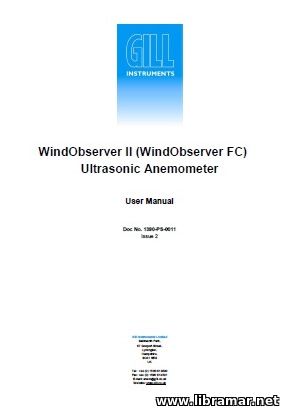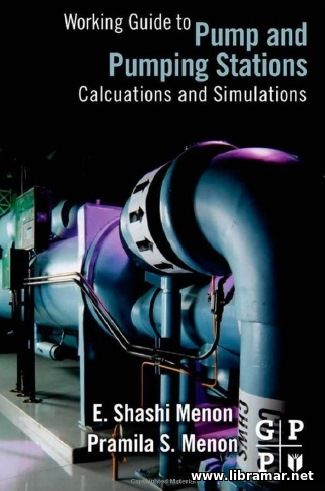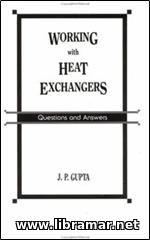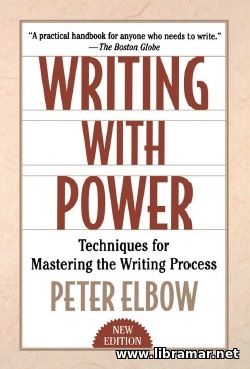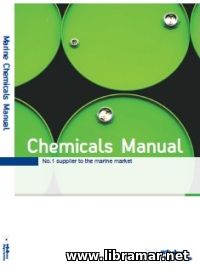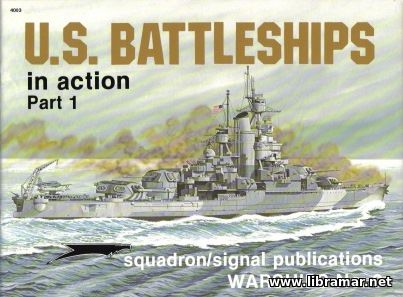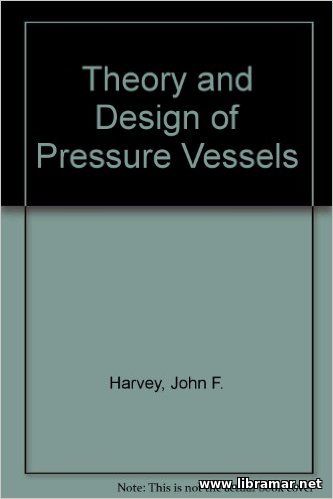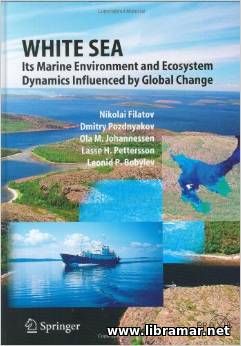
Subject work has been released to address all existing contemporary problems of the White Sea together with its basin, and the main focus has been made on the interaction between the marine and social-economic environments. Different technologies are commonly applied to the investigation of the global and regional changes, remote sensing plus various field observations, and methods of numerical modelling plus GIS, standing for the "Geographic Information Systems".
The present volume presents a first attempt of application of the multi-disciplinary quantitative approach to the assessment of various changes that are occurring today as well as of the anticipated changes. The results of numerous relevant researches have been included in this volume. When trying to achieve all goals declared by the authors of this volume, the decision was made to co-author it by a huge team of recognized industry experts.
The main content of this book has been arranged in ten major thematic chapters addressing the geography of the area in question, its watershed hydrology, anthropogenic impact, climate and oceanographic regime, profile of the aquatic eco-system, satellite oceanography, economical issues, GIS, water quality assessment, and numerical simulations.
